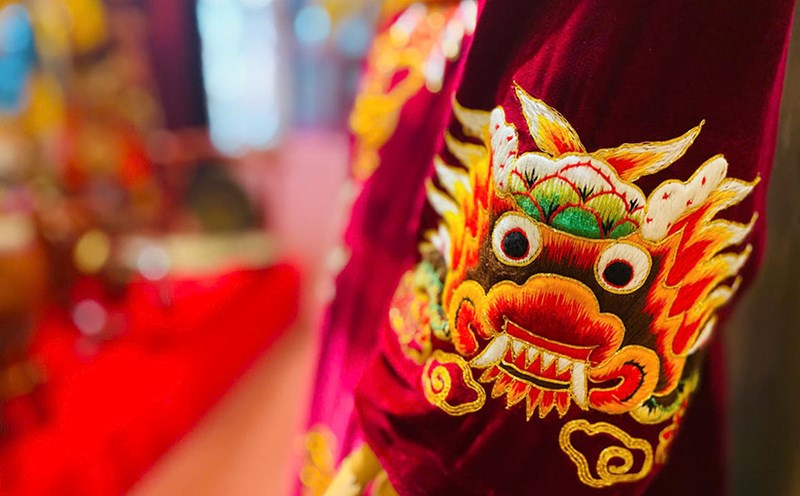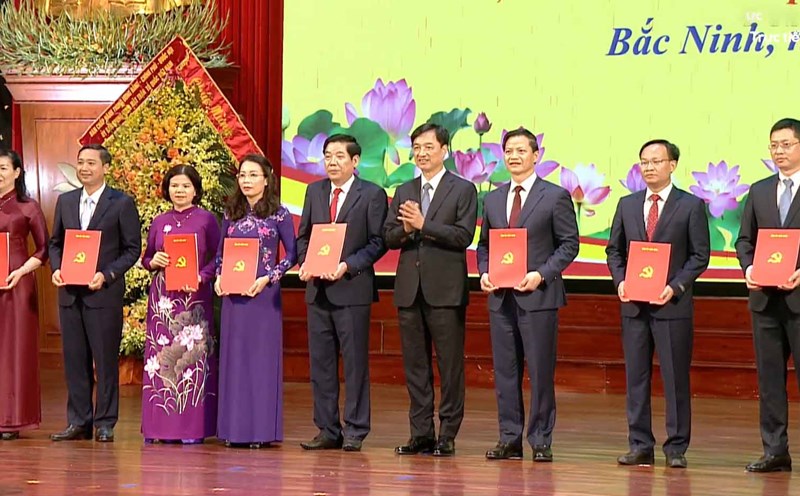Pentatonic is a material commonly used in traditional Asian music in general and Vietnamese music in particular. Over time, Pentatonic is no longer limited to the quintessence of the past, but has become a bridge for artists to skillfully integrate with modern elements.
Preserving and honoring traditional cultural values, while creating a contemporary space to express integration into the flow of society is also what Home Hanoi Xuan aims for.
Music develops through generations.
Legend has it that in a dream, King Phuc Hy once saw a phoenix perched on a parasol tree singing for a whole day and a night. He considered it a good omen, so he ordered his servants to use the tree's wood to make a zither called Dieu Cam. To imitate the phoenix's song in his dream, King Phuc Hy used Ngu Cung (5 tones) including Cung, Thuong, Gioc, Chuy, Vu, which were gradually "Vietnamized" by the Vietnamese into Ho, Xu, Xang, Xe, Cong.
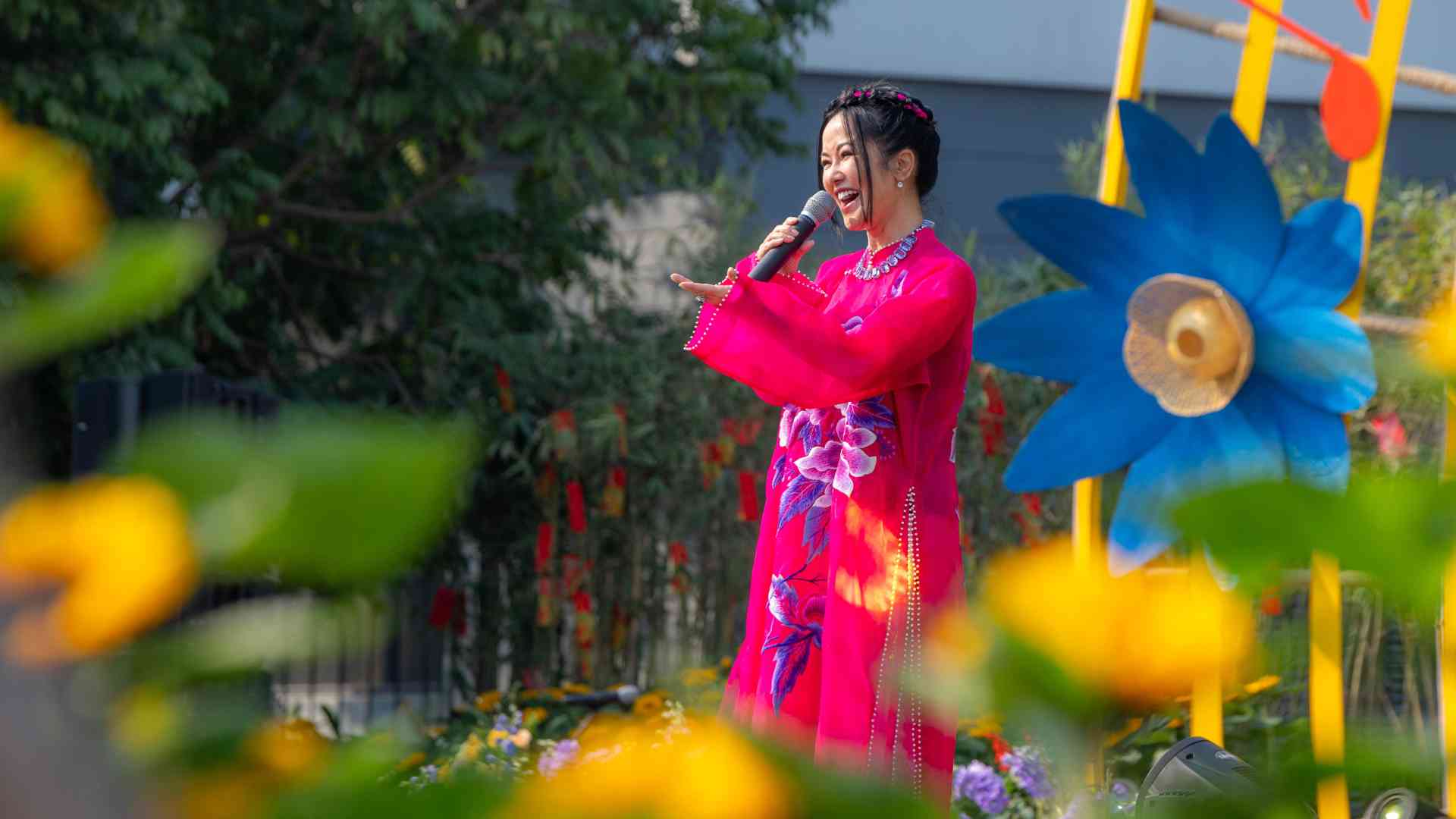
Ancient Asians paid special attention to the close relationship between natural things and numbers. They believed that the Five Palaces were related to the five fingers on a hand, the five internal organs (heart, liver, lungs, kidneys, viscera), the five senses (eyes, nose, mouth, ears, tongue)... further, the five elements (metal, wood, water, fire, earth) and the five directions (East, West, South, North, center).
That is why when "synchronizing" this element with Western music consisting of 7 notes Do, Re, Mi, Fa, Sol, La, Si and taking Sol as the main Ho note, the Five-tone in Vietnamese traditional music corresponds to 5 notes Sol, La, Do, Re, Mi.
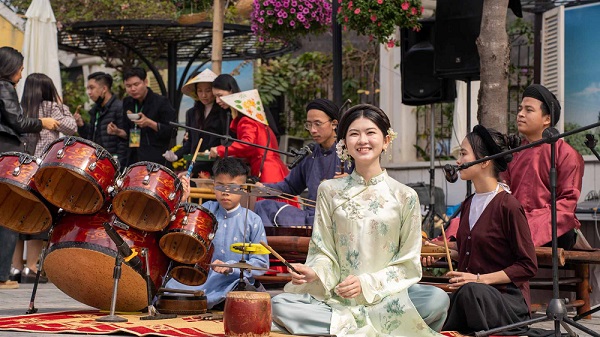
As a deliberate coincidence, Home Hanoi Xuan 2025 with the "Vietnamese Tet Concert" inspired by Ngu Cung has been doing exactly this.
Resonant musical notes open up artistic space
Home Hanoi Xuan 2025 not only brings a space to enjoy the colorful and fragrant flower path, but also takes visitors on a journey to discover the sounds of Vietnamese Tet through each melody.
The Home Hanoi Xuan 2025 welcome gate resonates with the note Re with the symbol of Kim Xa Vinh Quy. The first note Re in the harmony is played from the Kim Xa Vinh Quy welcome gate - the symbol of a snake holding a precious pearl, representing both power and prosperity of the new year At Ty.
The melodious note of E follows visitors through the ceramic path to the wishing tree and the moon lute. This exhibition area representing the Earth element carries the spirit of perseverance and stability, creating the foundation for all growth.
The ceramic walls are a combination of the essence of mother earth and human hands, both honoring the value of traditional craft villages and combining motifs and lines expressing the desire for a fulfilling life. That potential land is where the wishing tree sprouts and grows, nurturing the colorful flowers that cherish the moon lute.
Coming to the Northeast mountains and the music flower roof, visitors can easily see the inherent richness of the Wood element represented by the Do note. The traditional highland scenery is represented by the bright pink peach blossoms, the plump Dien grapefruit, the shiny yellow kumquat... These gifts from Mother Nature also create hope for fertility. Meanwhile, the music flower roof is where people immerse themselves in the flow of tones, from the gentleness of the low notes to the sublimity of the high notes, bringing the necessary peace in the midst of a busy life.
The La note represents the Fire element with a miniature landscape of the sunny South. The sunflower forest with giant flowers made of bamboo and rattan breathes life into every visitor, guiding them to better things in 2025. This is also a representative image of the Southern region - where Phu Long has developed many proud large-scale projects, fanning the flames of aspiration and enthusiasm.
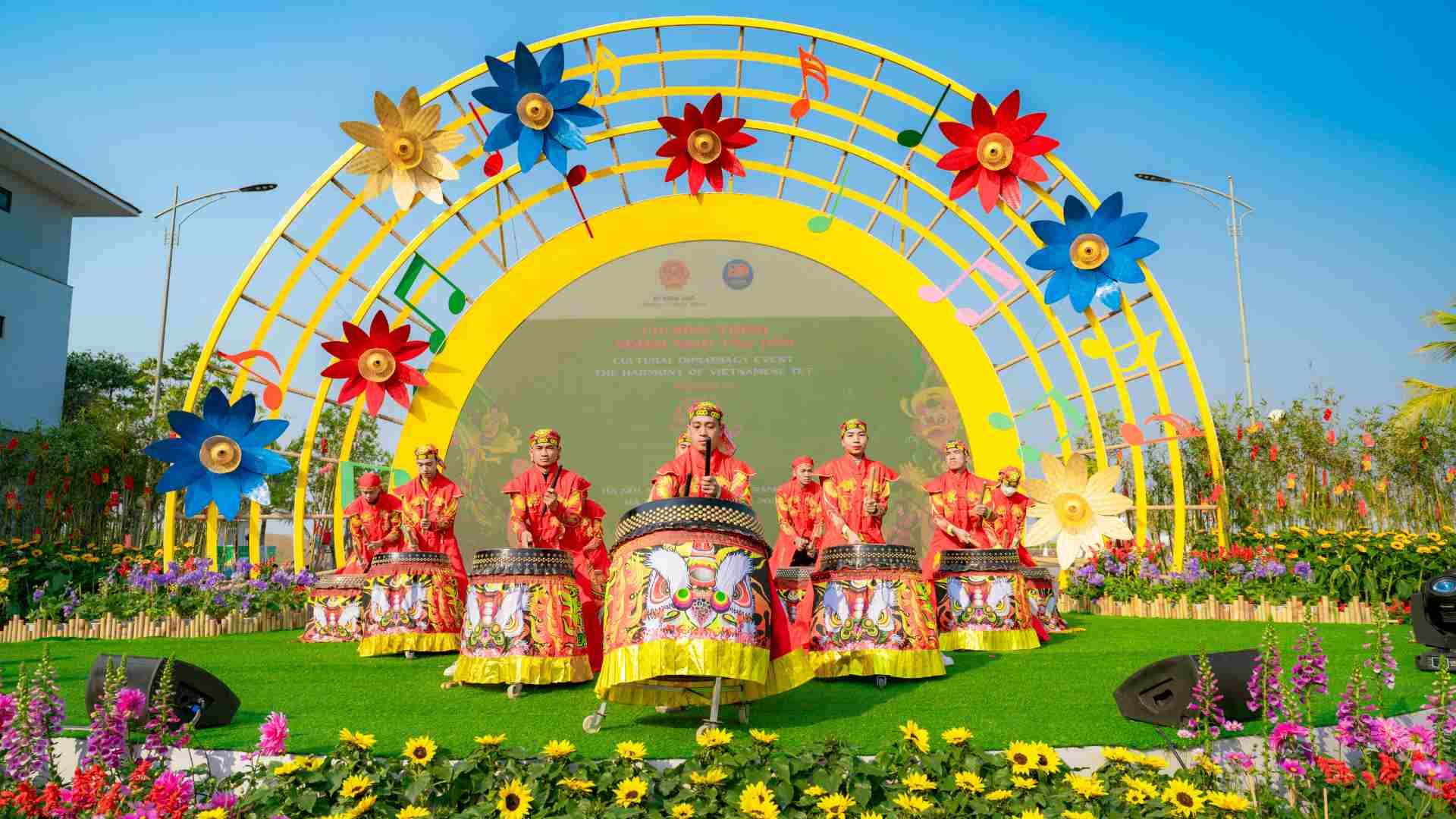
Finally, the Sol note, where the Water element representing the Red River of Mailand Hanoi City plays the role of origin. The central stage symbolizes the thousand-year-old capital of Hanoi, witnessing the ups and downs of time, but always ready to welcome opportunities for development and integration. The calligraphy hut represents the flow of wisdom, spreading the spirit of respecting teachers as well as the belief in knowledge of the Vietnamese people; and the wind chime path harmoniously combines to create clear sounds, bringing comfort and peace to all visitors.
In the unique cultural space of the Home Hanoi Spring 2025 festival, on the background of national music and the melodious sounds of spring, the Hanoi Architectural University Fashion Club - H.A.U Fashion Club brought an impressive Ao Dai performance. The Ao Dai collection not only honors the delicate beauty of traditional costumes, but also cleverly incorporates youthful, modern, artistic creations of talented students. Thereby, sending a message of national pride and love for Vietnamese culture to the new generation.
Through the “Vietnamese Tet Symphony” resounding at Mailand Hanoi City, it can be said that Home Hanoi Xuan 2025 does not stop at a festival, but also becomes a convergence point of traditional cultural values, honored and recreated through a creative and modern lens. In addition to the flower street, the festival also includes many experiential, fun and entertaining activities imbued with national cultural identity at the Pont de Long Bien walking street in the urban area, open to visitors from now until February 3 (the 6th day of Tet).
Home Hanoi Xuan 2025 Flower Street Festival with the theme "Vietnamese Tet Harmony" is organized by Phu Long Company, with the support and participation of UNESCO, Ministry of Foreign Affairs, Hanoi Department of Culture and Sports, Hoai Duc District People's Committee, Sovico Group, HD Bank, Vietjet, Vikki, Phuc Thinh Real Estate, Indochina Management Consulting Architecture Company, L'Alya Ninh Van Bay, Tui Blue Nha Trang, Unique Advertising Company, Thien Hy Long Vietnam Company.





